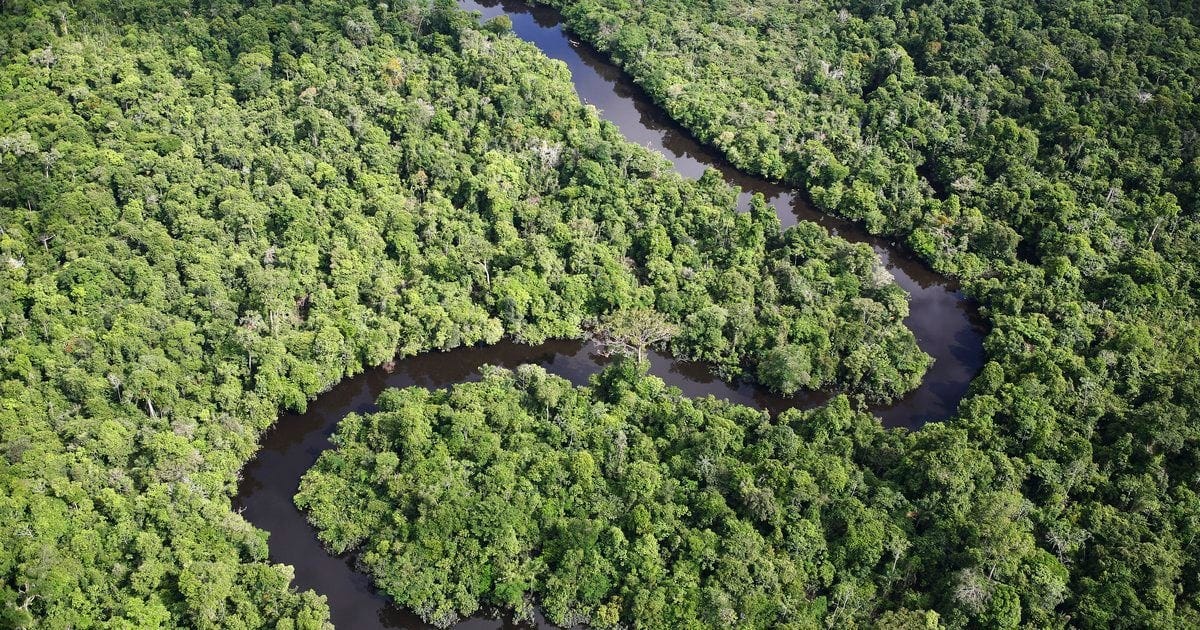UN climate summit host city cuts forests to install fibreglass trees
As the COP30 climate summit kicks off in Brazil, environmental advocates are sounding the alarm: the government is spending millions on “fake trees” while real ones are being cut down.
As the COP30 climate summit kicks off in Brazil, environmental advocates are sounding the alarm: the government is spending millions on “fake trees” while real ones are being cut down.
An investigation by the Brazilian environmental publication Sumaúma reports the state spent more than 18 million reais (approximately C$5 million) on large fibreglass “trees” designed by artist Francisco Galeno.
The installations were placed along major roads and around the convention area as part of a beautification effort ahead of the United Nations climate conference.
At the same time, aerial and on-the-ground images published by Sumaúma show real trees were removed in several locations to make way for infrastructure upgrades. In some cases, concrete was poured over newly cleared areas to install the decorative structures.
The publication called the installations “anti-ecological,” questioning the message sent by prioritizing aesthetics over natural preservation in a region heavily impacted by deforestation.
Belém, located in the Amazon basin, was chosen to host COP30 partly to highlight the importance of tropical forests in the fight against climate change.
COP30 follows a two-day domestic climate forum hosted by Brazil’s federal government. International delegates and heads of state are now arriving for high-level negotiations and speeches scheduled throughout the week.
COP30 is expected to focus on foreign aid fundraising, deforestation and the implementation of climate targets.



To repeat for this article a previous comment on another related article.
COP30 should be renamed to HYP30.
... For ...
HYPOCRITES (all).
COP30 is as much a terrorist traitor outfit as those that support it...!!!